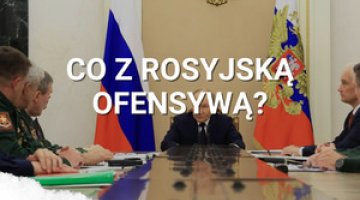Analyses
Russian Federation: mine disaster overshadowed by 9 May ceremonies
During the night of 8-9 May, one of the most tragic disasters of Russian mining in recent years occurred at Raspadskaya in Mezhdurechensk (Kemerovo oblast), the biggest coal mine in Russia. According to the currently available information, at least 49 miners and 17 rescue workers died, 24 people are formally listed as missing, and 83 were injured. Despite the scale of the tragedy, the political reaction of the Russian government in the immediate aftermath was limited, and in the media the disaster was overshadowed by the parade on Red Square in Moscow and other ceremonies connected with the anniversary of the end of the Second World War.
The Russian mining industry is among the most dangerous in the world. Dozens of miners die in accidents every year, mainly because of a lack of investment, outdated equipment and violations of safety regulations. Nevertheless, the Raspadskaya mine is considered to be one of the most modern in Russia.
In the first hours after the disaster, the reaction of the Russian government, apart from immediately launching rescue actions, was limited to sending the minister for emergency situations, Sergei Shoygu, to the scene. The media’s attention was focused on the anniversary ceremonies, and little space was devoted to the disaster. No national mourning was announced, nor were the public celebrations of the anniversary limited in any way. Only on 10 May did President Dmitri Medvedev meet injured miners in a Moscow hospital, and order the public prosecutor’s office to investigate the causes of the tragedy; and on 11 May, PM Putin visited Mezhdurechensk in order to evaluate the scale of the accident at the scene. The Russian government’s reaction immediately after the disaster demonstrates what great importance the Kremlin has attached to bringing off the 9 May celebrations as a propaganda success. <WojK>




